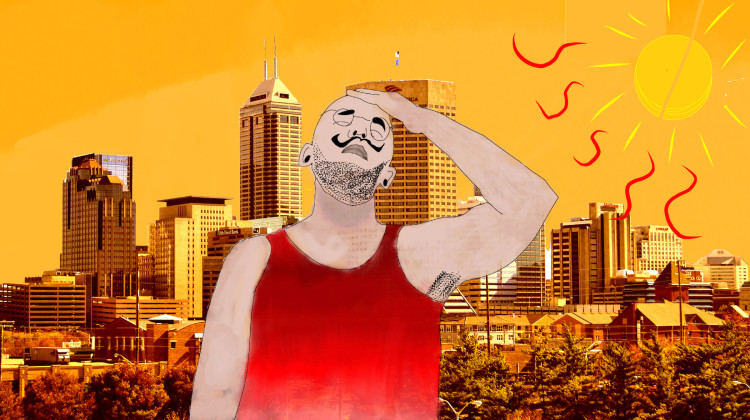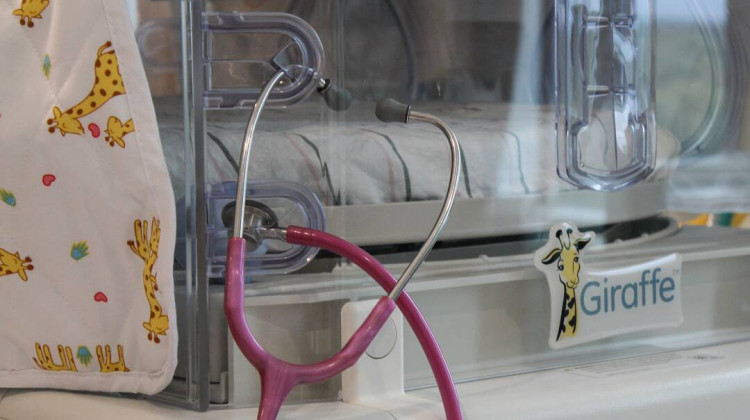The Midwest is experiencing rising temperatures this week, something that’s become more frequent and deadly across the U.S.
Experts studying the connection between climate change and health say that extreme heat is not just an inconvenience.
“The biggest challenge in this country is making sure that people are aware that extreme heat is a life-or-death issue,” said Vijay Limaye, an epidemiologist at Natural Resources Defense Council (NRDC).
Extreme heat killed more people in 2022 than any other severe weather events like hurricanes, floods and tornadoes. Looking at the 10-year and 30-year average of such fatalities, the same holds true — extreme heat has been the deadliest.
Children and individuals over 65 face more risks during extreme heat events.
Across the U.S., more than 700 people die due to heat-related health problems every year, according to the Centers for Disease Control and Prevention. But Limaye said that these numbers are an undercount.
“We know in public health and epidemiology that that number is a severe underestimate, there's peer reviewed research indicating that we may be underestimating heat health impacts by a factor of up to 50,” he said.
The public health burden of extreme heat goes beyond direct fatalities from the rising temperatures. People who have preexisting health conditions like asthma, heart disease and obesity can experience life threatening complications due to extreme heat.
For example, during a heat wave more blood is directed to the skin, which drives a person’s blood pressure down and increases their heart rate. This leads to the heart needing more oxygen to keep up, which strains the heart and, in the elderly and people with cardiovascular disease, could lead to a heart attack.
Socioeconomic vulnerabilities
The place a person lives could make them more vulnerable to extreme heat events.Temperatures in low-income urban neighborhoods can be one to seven degrees Fahrenheit higher than the regional average.
These urban hotspots, referred to as heat islands, result from a combination of factors unique to densely populated urban areas like more concrete buildings, roads, pavements and less greenery. Lower income neighborhoods often lack sufficient vegetation offered by parks and green spaces, which leaves residents vulnerable to prolonged exposure to extreme heat.
People in lower income neighborhoods live in buildings with poor insulation and ventilation, which can make the home hotter than outside.
A hotter environment not only jeopardizes physical and mental health of residents, it also worsens financial burdens. People who are already struggling financially are less likely to seek medical care in case of heat-related health problems, Limaye said.
The Indiana Department of Health suggests putting cardboard or reflective materials in windows to reflect the sun’s rays and to install weather stirpping on doors and windows to keep warm air out and cool air in.
The Department of Health also suggests staying hydrated, seeking shade, and avoiding outdoor activities during peak heat hours to reduce health risks.
Individuals should also be on the lookout for early symptoms of heat exhaustion and heat stroke. These include dizziness, lack of sweat, headaches and nausea. If a person experiences these symptoms, they should get out of the heat and can wet their clothes and skin to cool down faster.
Contact Side Effects Public Media’s health reporter Alex Li at ali@wfyi.org.
 DONATE
DONATE






 View More Articles
View More Articles


 Support WFYI. We can't do it without you.
Support WFYI. We can't do it without you.